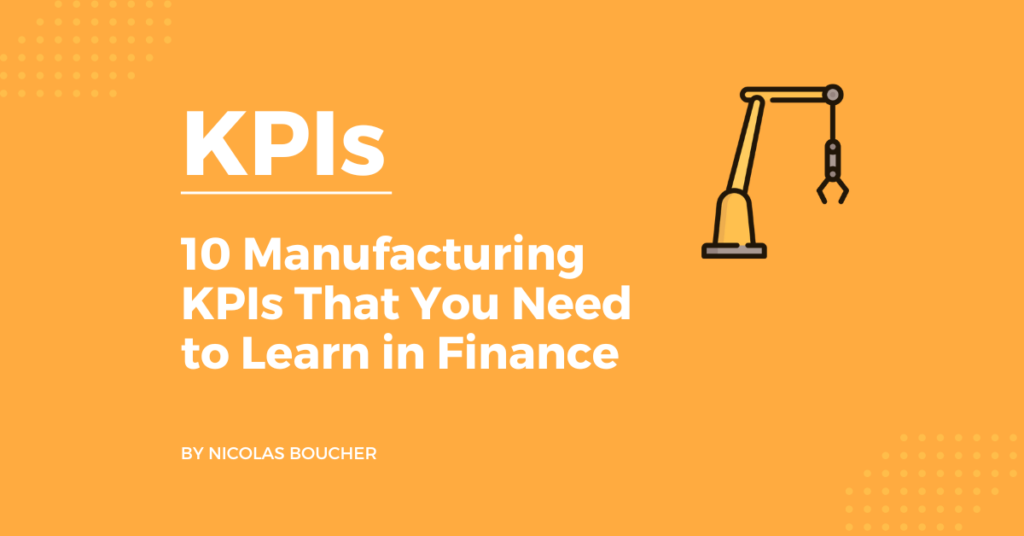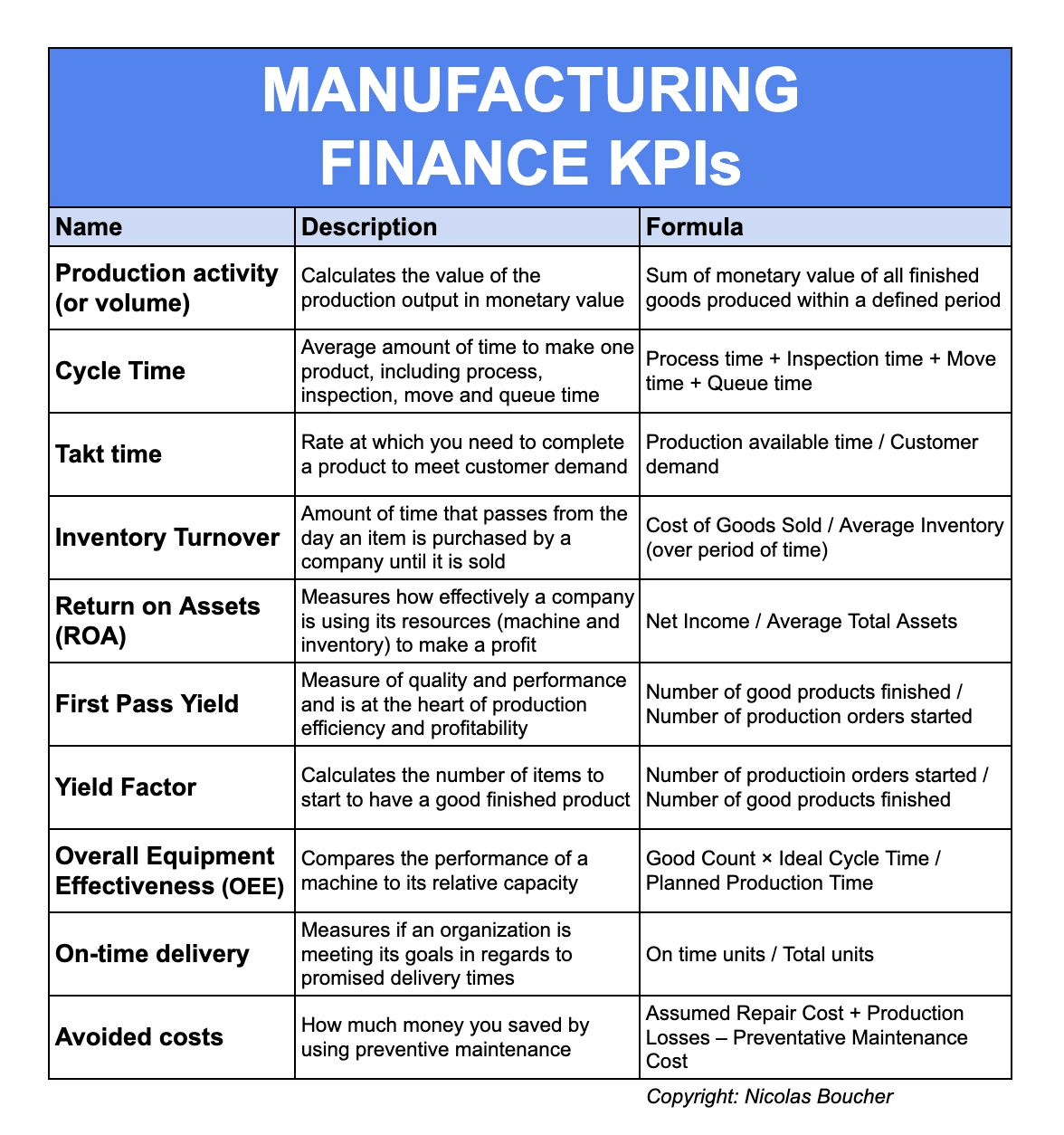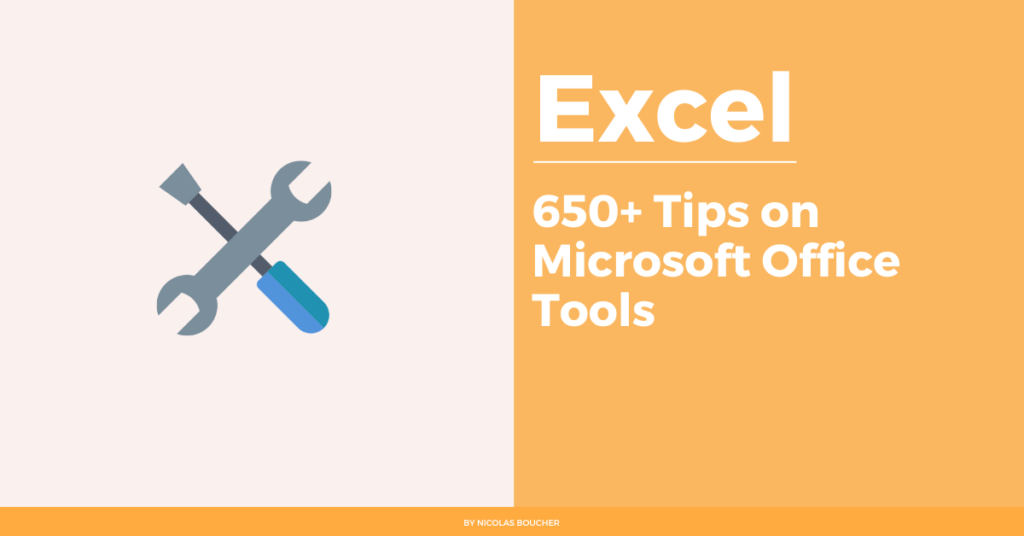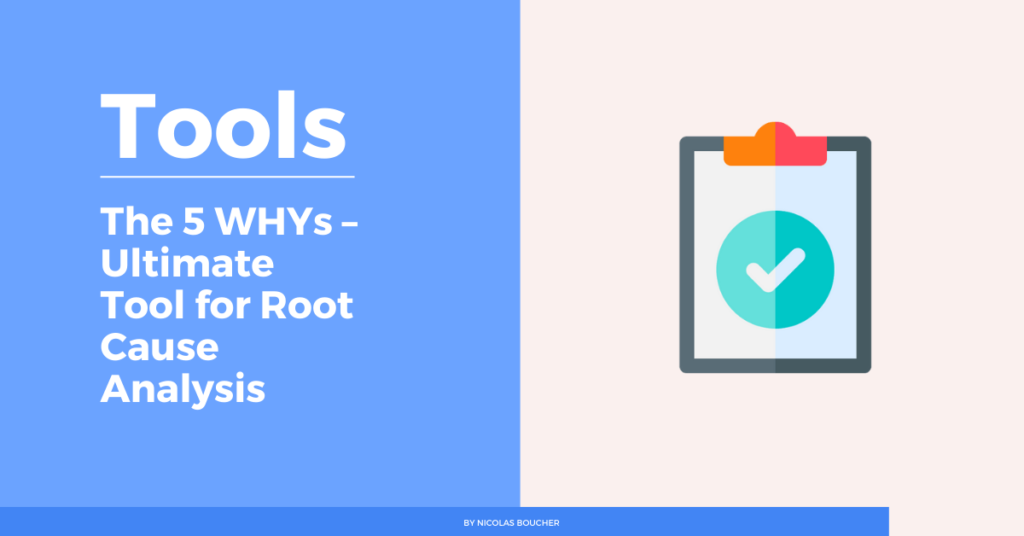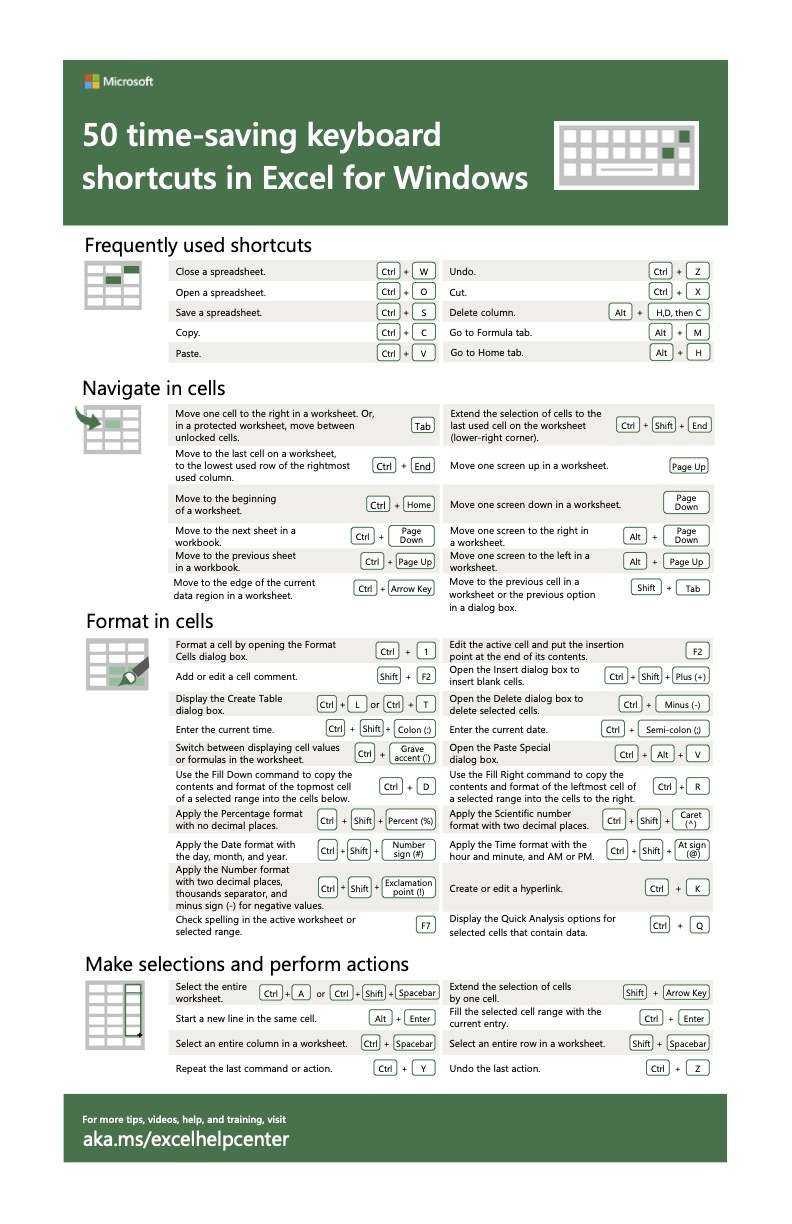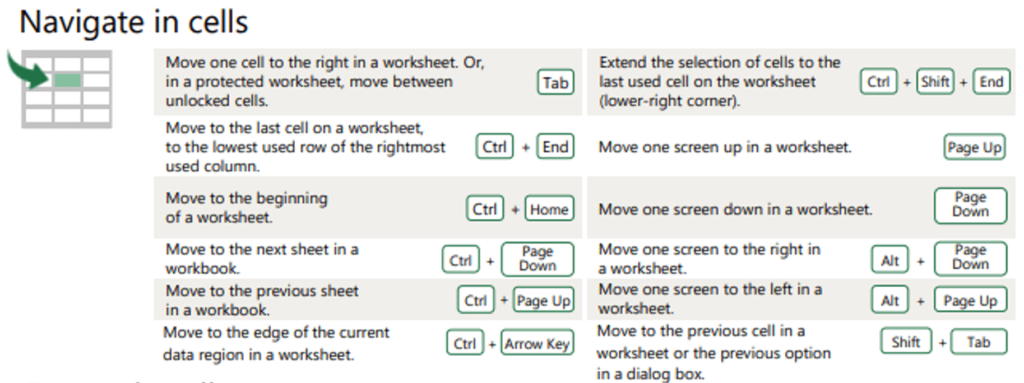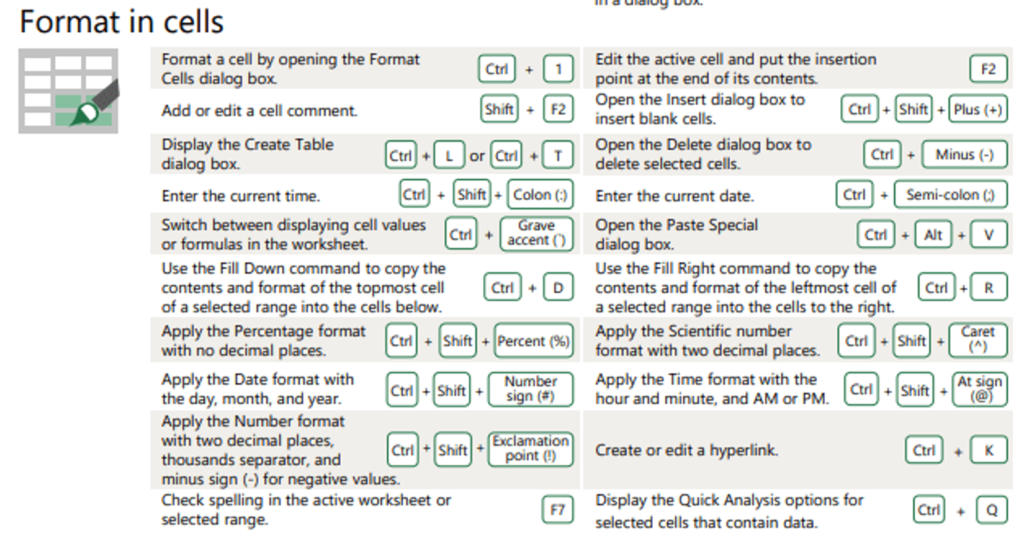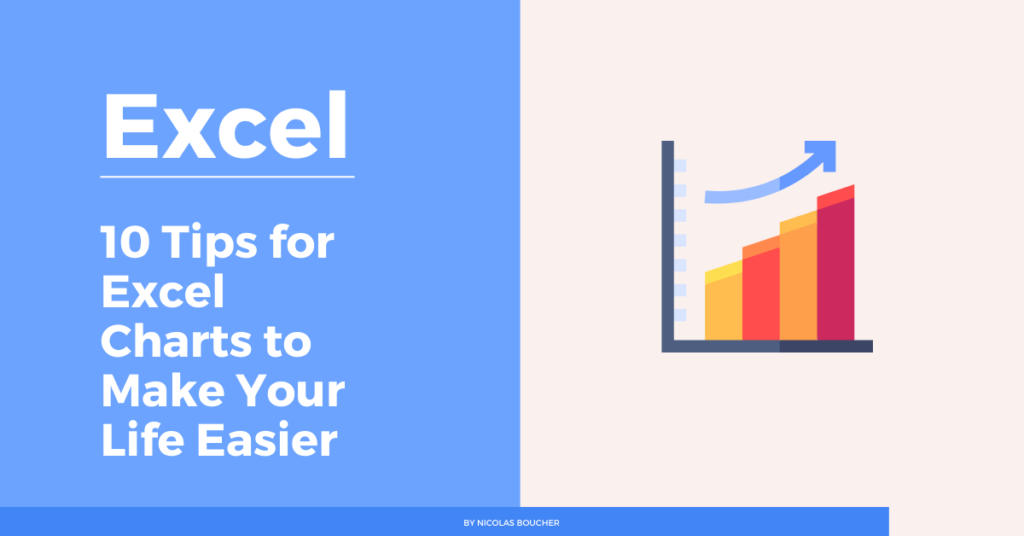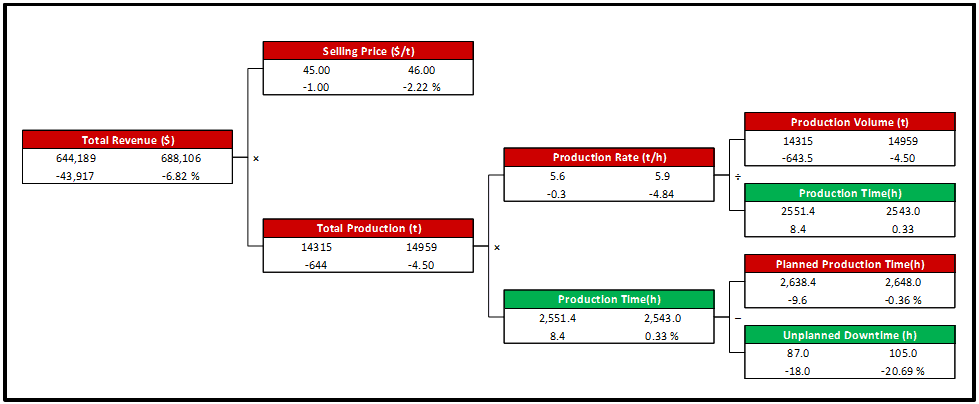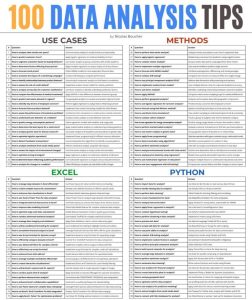Do you want to increase your productivity and learn Excel tips for finance professionals? Using Excel is part of the routine for you if you’re like the majority of financial professionals. It is a tool that has been in use for a long time because of how well it can modify, preserve, and show data.
Despite the widespread usage of this application, not all financial professionals are using Excel to its full potential. Also, Excel can dramatically boost your productivity when you utilize a few simple strategies. Here are five Excel tips for finance professionals you should know as a financial expert using this potent tool out of the many beneficial Excel capabilities.
Top 5 Excel Tips for Finance Professionals
Here is a detailed explanation of each of the tips.
#1: Excel Tip for Finance Professionals
How to make a Combo Chart in Excel?

OFFICE 2019
- Select your chart
- Then, go to Design in the Excel Ribbon
- Select Change Chart Type
- After that, Choose Combo
- Lastly, click secondary Axis

OFFICE 2010
- Select one of the series in your chart
- Subsequently, right-click “Format Data Series”
- After that, select Secondary Axis
- Then, right-click again on the series and choose “Change series Chart type”
- Choose another chart type
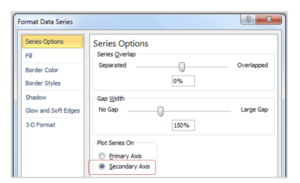
#2: Excel Tip
Learn how to link a Textbox to a specific cell in two easy steps.
1. Insert the Text Box
- Click the Text Box button under the Insert tab.
- Insert a textbox in your worksheet.

2. Type Formula
- Select the text box.
- Then, go to the formula bar.
- Type in the “=” symbol.
- Finally, click on the cell you want to link.

#3: Excel Tip for Finance Professionals
Reporting Figures in thousands and millions.
NEED
- You have to report figures in thousands or in millions.
- You are dividing your numbers by 1,000 or 1,000,000 to show your numbers in thousands or in millions.
HOW TO DO IT
- Select your cell with the number you want to show in thousands
- Afteward, Right-click and select “Format Cells”
- The “Format cells” dialog opens
- Go to the “Number” view
- Then, in the Category, select “Custom”
- After that, type or select the following format: #,##0
- Afterward, if you want to show thousands, add a comma at the end of the syntax: #,##0,
- Furthermore, if you want to show millions, add two commas at the end of the syntax: #,##0,,
EXAMPLE

Here are some bonus tips:
#1:
- If you want to show a k after the figures for thousands, use: #,##0,”k”
- If you want to show a k after the figures for thousands, use: #,##0,,”m”
#2:
- If you want to show decimals, use the following format: #,##0.0, (for thousands).
#3:
- Use this technique to convert your numbers format in your Pivot tables value to have automated reports.
- In the Pivot Table, select one of the cells with the value you want to format
- Then, right-click and select “Value Field Settings”
- Furthermore, click Number Format at the bottom of the dialog box.
- In the Format Cells dialog box, in the Category list, click the number format that you want to use
#4: Excel Tip
Learn how to solve Circular References.
NEED
Do you get Warnings from Excel about Circular References but never pay attention to them?

HOW TO DO IT
Just go to Excel Ribbon
- Click “Formulas”
- Click “Error Checking”
- Click “Circular references”

Then Excel shows you the list of cells with circular references if you have some.
#5: Excel Tip
Learn how to repeat Row Labels.
NEED
You have a table with row labels not repeated.
Problem: you can not use this table to make a pivot table.

HOW TO DO IT
- Select the columns with the empty row labels.
- Then, press the F5 function key
- Click Special…
- Afterward, select Blanks and click OK (all blank cells in the data will be selected)
- Press the = sign once and the UP arrow key once (you will see a formula appearing in a cell).
- Finally, press CTRL+ENTER to finish
- All the blank cells will now be filled in with the values. Note that they are all formulas and must be converted to values.
- Copy the entire range and paste it as a value
EXAMPLE

TOP 10 EXCEL SPECIALISTS TO FOLLOW
LEILA GHARANI
Leila created tutorial videos on the whole Microsoft Suite. I really like the ones on Excel and Powerpoint. Therefore, check her Youtube channel.
KAT NORTON
She is known as Miss Excel on Instagram and Tiktok. Moreover, Kat has a modern way of teaching Excel tricks and uses Instagram or Tiktok to communicate. Go check it.
PAUL BARNHURST
Paul is sharing his knowledge of FP&A, Excel, and Finance tools. In addition, he has great practical tips for finance professionals.
MATT BRATTIN
Matt is behind all the Excel free guides from TMB Analytics you can find on LinkedIn. Above all, he also publishes videos and has his own set of online courses.
CHRISTIAN WATTIG
Christian is one of the best experts on FP&A and gives practical tips on how to better use Excel when you are a finance professional.
KAREN ROEM
Karen is a trainer for Microsoft Office Suite and has a newsletter where she regularly shares productive tips (more than 700 tips listed to date!).
CHRIS REILLY
He is a financial modeling expert and even created a course on the topic! Furthermore, Chris an M&A and FP&A expert.
MIKE GIRVIN
Mike has his own Youtube channel, “Excel is Fun.” You will find their extended tutorials on Excel. Also, check his new 800 pages book!
DON TOMOFF
Don is regularly sharing tips on LinkedIn on Excel, PowerQuery, and other tools (he has already posted more than 700!).
JOHN MACDOUGALL
John has his own website called “How To Excel,” with many free Excel tips. Additionally, he sends a newsletter where you can receive his new tips.
The Bottom Line – Accelerate Your Finance Career with These Excel Tips for Finance Professionals
Finally, with these Excel tips for finance professionals, you’re on the right path to dominating Excel in your workplace. Still curious to know more? Additionally, if you want to learn more Excel tips and trick, you can take my course for finance professionals and become an expert.
Also, if you want to receive more finance tips like this, feel free to sign up for my newsletter. If you subscribe, every two weeks, you will receive an email from where I share best practices, career advice, templates, and insights for finance professionals.




